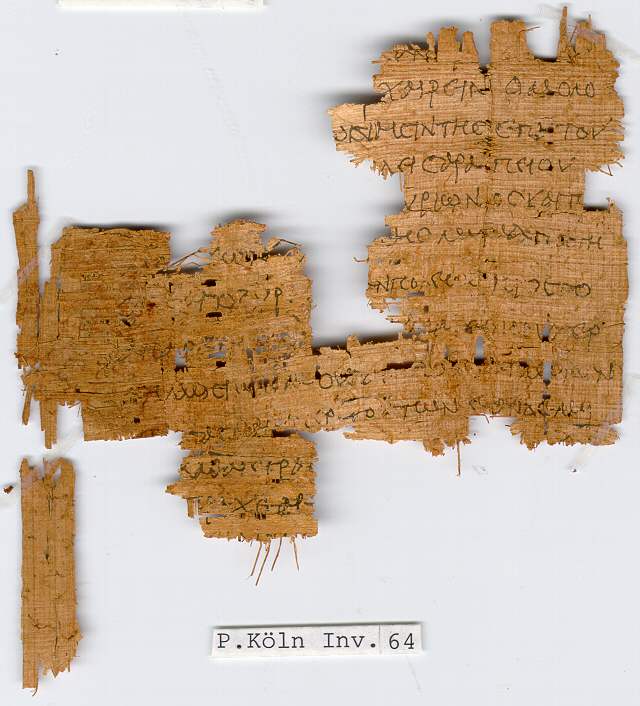 As has been noted before, Egypt is a very dry place, unless you are on the old Nile flood plain. Unfortunately nearly every inhabited place is on the flood plain, and most perishible remains of normal life have rotted away, just like they have in most other countries.
As has been noted before, Egypt is a very dry place, unless you are on the old Nile flood plain. Unfortunately nearly every inhabited place is on the flood plain, and most perishible remains of normal life have rotted away, just like they have in most other countries.But the old town of Oxyrhynchos (now el-Bahnasa), located as it is on dried up canal, is different. And because it has been unaffected by flooding since the 7th century CE (AD), its dump has preserved unparalleled treasures: a huge selection of the documents, public and private, of a Hellenistic and Roman-era town in Egypt. We can read all sorts of literary, legal, and personal writings, and so for us, Oxyrhynchos is one of the best-known cities of the Roman empire.
According to Wikipedia, which has the most extensive discussion of the site and its importance that I could find, excavation of the dump for documents began in the late 19th century, during the British occupation of Egypt, under the supervision of some Oxford scholars. They hoped to find the lost works of antiquity, and eventually some were in fact found. But perhaps more important than the literary works are the personal records and correspondence of ordinary Egyptian townspeople of the Roman era. We'll be discussing some of these in class tomorrow. For distant readers, have a look here (following the excerpt from Strabo).
The most interesting thing I found out while writing the post is that 100,000 papyrus fragments have been found, and 4,700 have been published. And this with an energetic publishing program of about a volume a year. Clearly a project without end.
Update: For more material, see the Papyrology site at Oxford.
No comments:
Post a Comment